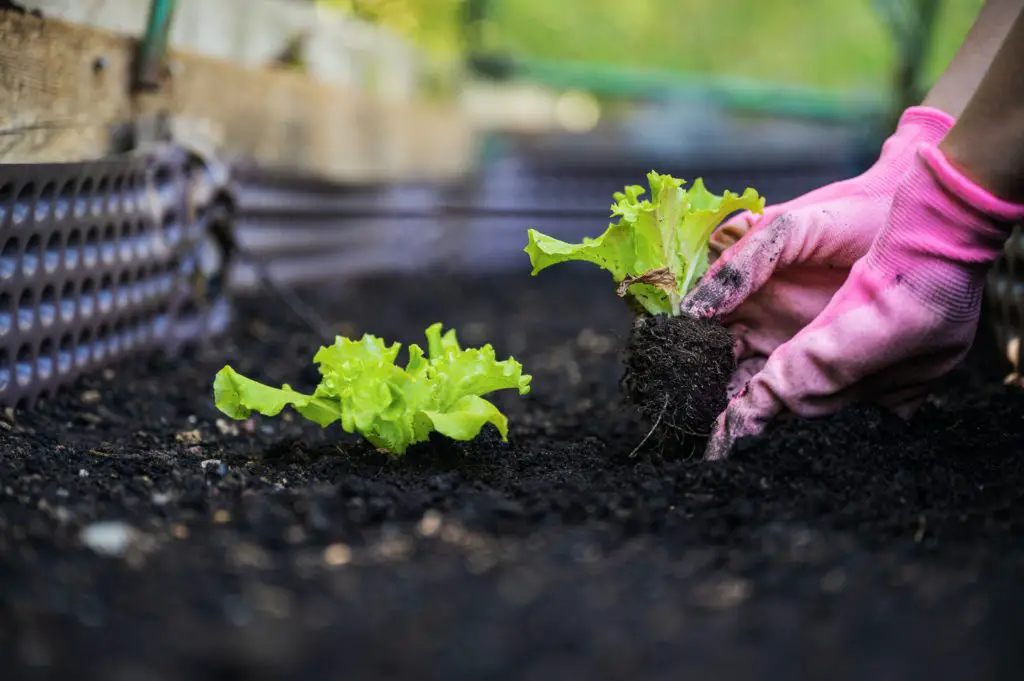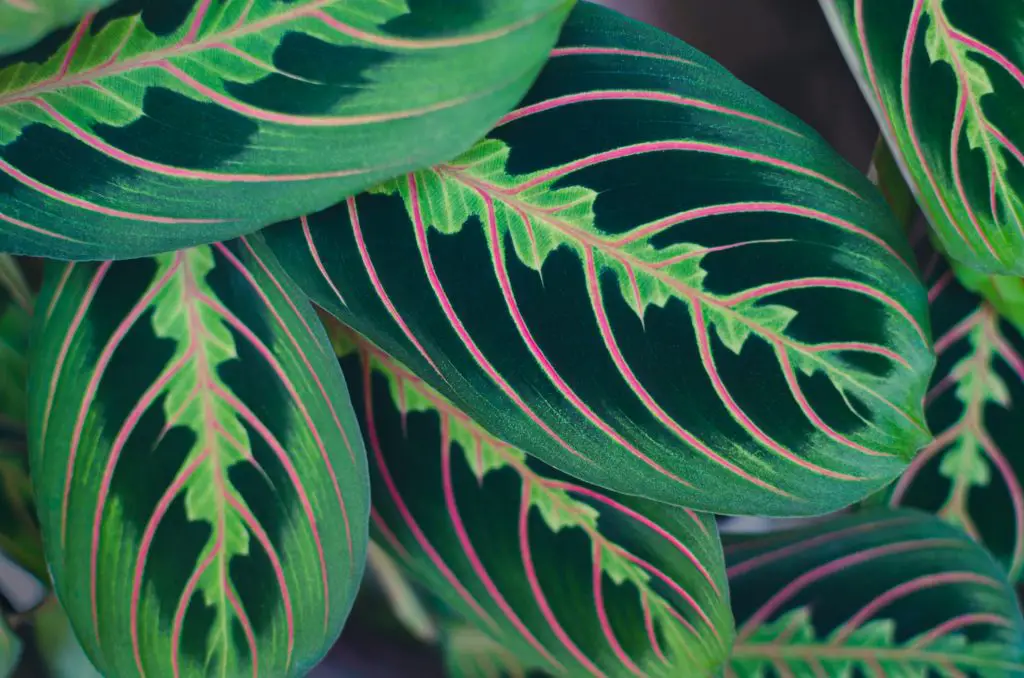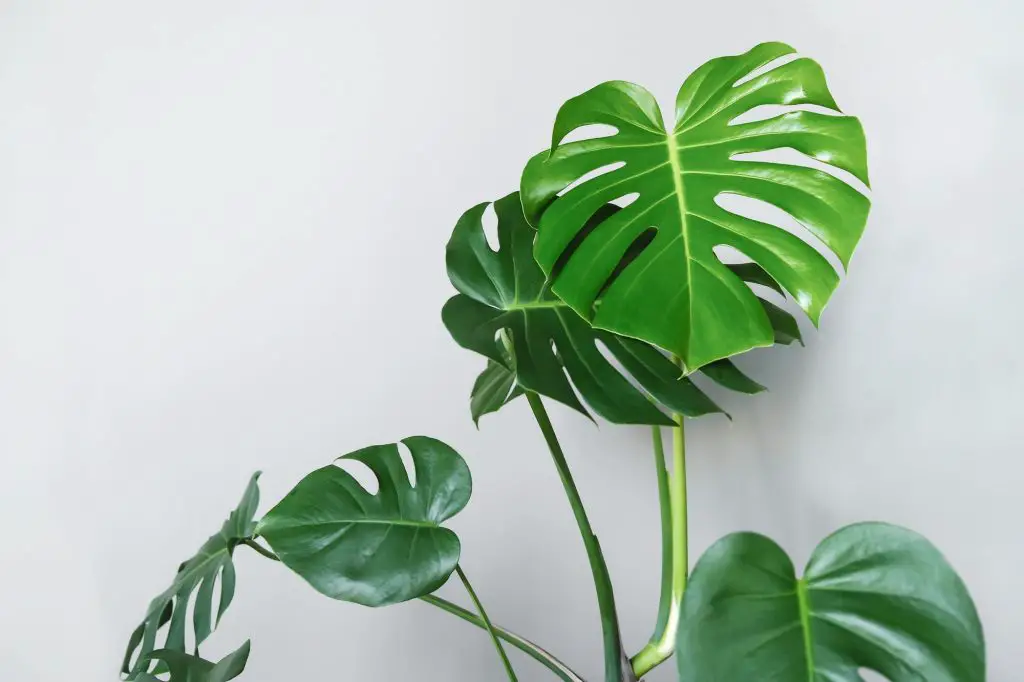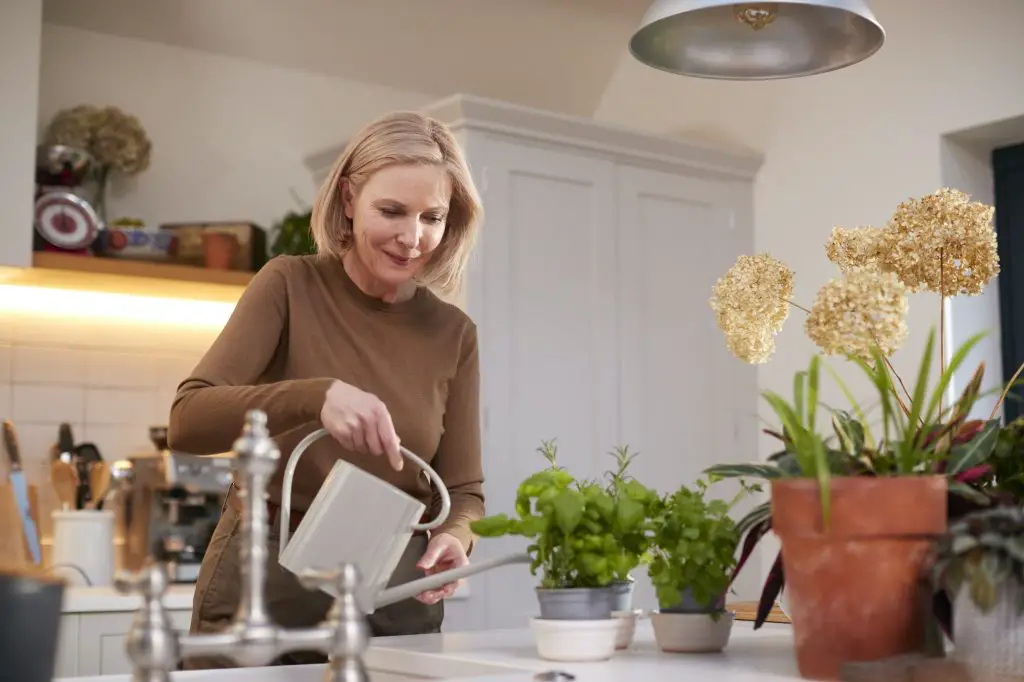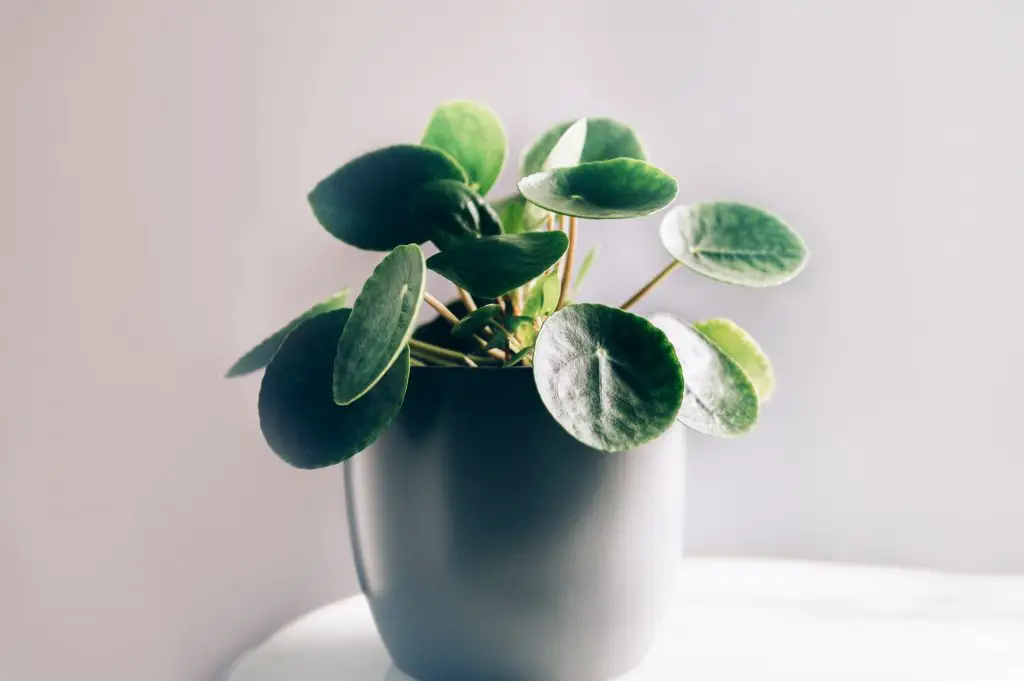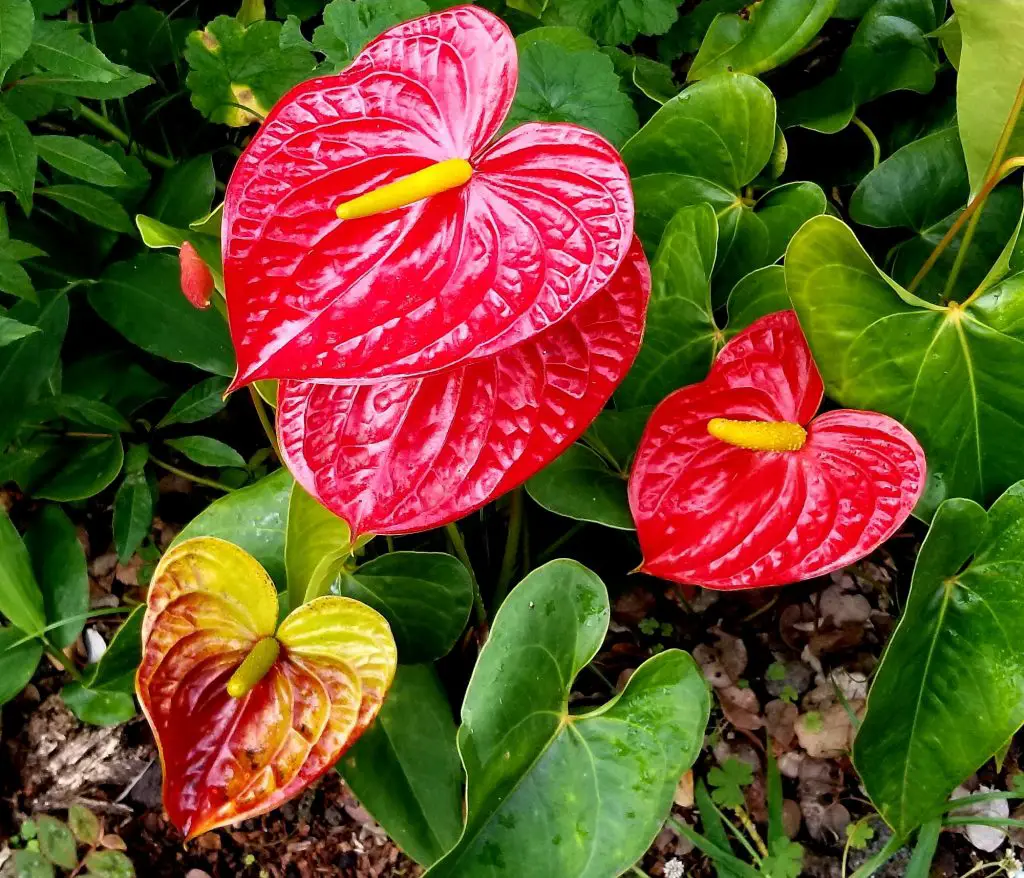How you harvest your plant is entirely up to you but to make sure you get the best harvest, there are growing tips and guides. Lettuce is a plant that doesn’t need much work as it tends to cool easily with the right weather condition. Lettuce is an annual plant from the daisy family and although a native to the Meditterrian area, it did not become an important commodity until the 1970s.
It is a common vegetable in most gardens and there are lots of varieties to be planted, harvested, and enjoyed.
Lettuce is a spring and fall crop. The nutritional values of lettuce depend on the variety of lettuce you are planting. It makes a great addition to many quick meals, such as salads, sandwiches, tacos, or spring rolls. To get productive lettuce, you need some tips and an ultimate growing guide.
While most varieties of lettuce are spring are fall plants, some are known to also thrive best in summer. However, read on to know how long it takes for lettuce to grow, its lifecycle, and much-needed tips for a healthy lettuce harvest.
Table of Contents
Lettuce Growing Guide
Maintaining and caring for lettuce is easy. This annual plant comes in different types and the planting requirement depends on the type planted. Growing your own lettuce can be extremely convenient and you get to have fresh lettuce for your salads every day.
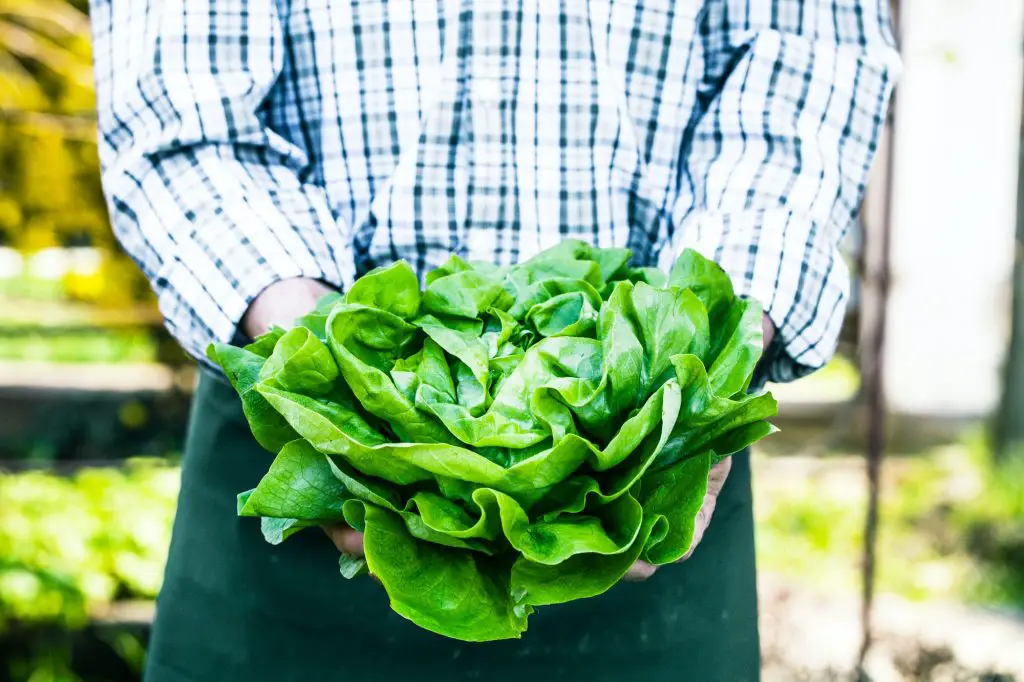
The growing process of all types of lettuce is similar but the most popular types are the cos, the leaf, and the butterhead. Lettuce is one of the oldest vegetables and it happens to be the favorite vegetable in ancient Rome.
It is important to choose the right varieties of lettuce to plant. Leaf lettuce happens to be the easiest type of lettuce to grow and take note that the green and red lettuce are to be grown the same way. The head lettuce is the variety of lettuce that requires the most attention.
All types of lettuce plants do best in spring and fall but will tolerate a summer climate. You can start lettuce indoors for early transplants or get it sown directly in the ground.
Provide your lettuce seedlings with plenty of sunlight or you can keep them under artificial lighting until they are strong enough to be moved into the garden. How you harvest your lettuce is entirely up to you and the ideal germination temperature is between 60 and 65 F. There is no point sowing lettuce directly into the soil during summer as they won’t germinate.
Start them indoors and move them outside into partial shades when they are ready.
Lettuce Growing Tips
To ensure the successful cultivation of lettuce, there are key tips you need to keep in mind. Lettuce is a cool-weather crop but to make sure you get two to three harvests from one planting and improve its overall production, we have listed the simple techniques you need below.
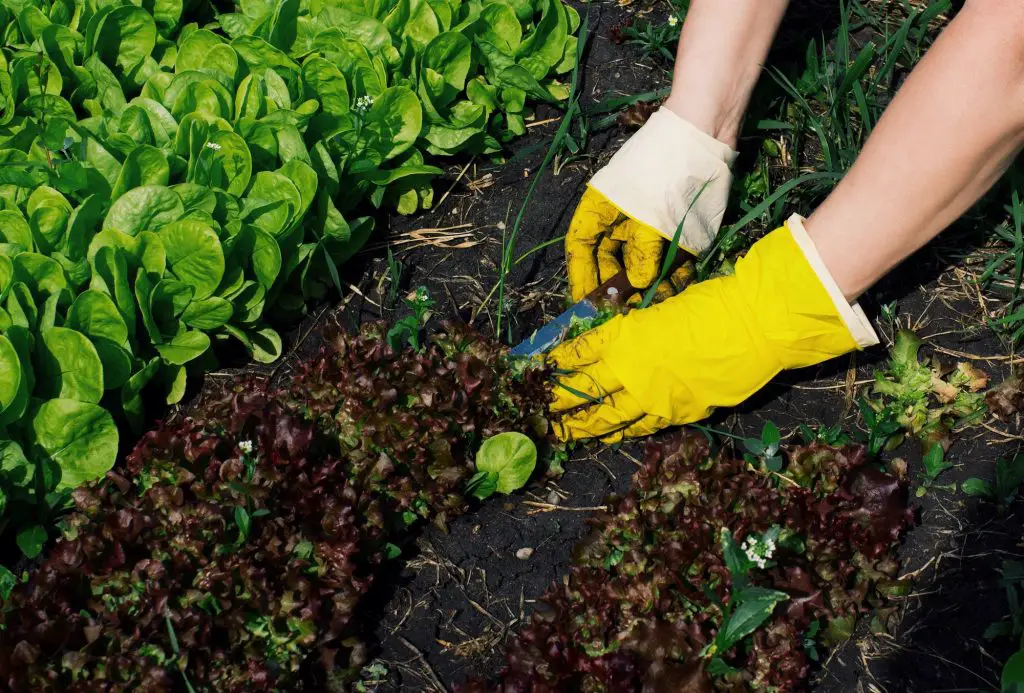
1. Watering
Lettuce needs to be watered constantly and moderately. The root of lettuce tend to be shallow so frequent watering is essential but not deep watering and this is even more important in dry and hot conditions. If there is regular rainfall then you don’t need to have your lettuce watered every day, have it watered once a week and more in periods of drought.
2. Raised Beds
The open soil structure of a raised bed is good for your lettuce plant and they do better with it. Although lettuce plants are not picky as long as minimal feeds are being given but to maximize productivity, plant seeds in a raised beds.
3. Living Mulch
If you want to make the most of limited garden space then you need to plant your lettuce around a taller plant like broccoli, peppers, Brussel sprouts, and eggplants. The taller the plants are, the better as they are going to provide the needed shade for your lettuce.
4. Tucking
Another important lettuce planting tip to ensure a successful harvest is to start lettuce indoors for filling vacancies in the garden in late spring and also in early fall. During summer, you can tuck it in a shaded spot in the garden, and leaf lettuce can be tucked under tall plants and still survive.
How To Control Lettuce Pests
Pests control is an important aspect of growing a healthy plant. Lettuce is generally disease and pest-free, but you still need to be careful and choose a companion plant that repels insects.
Take note that some varieties of lettuce are prone to aphids and this can easily destroy your entire lettuce patch. Aphids can also spread diseases and also mold issues.
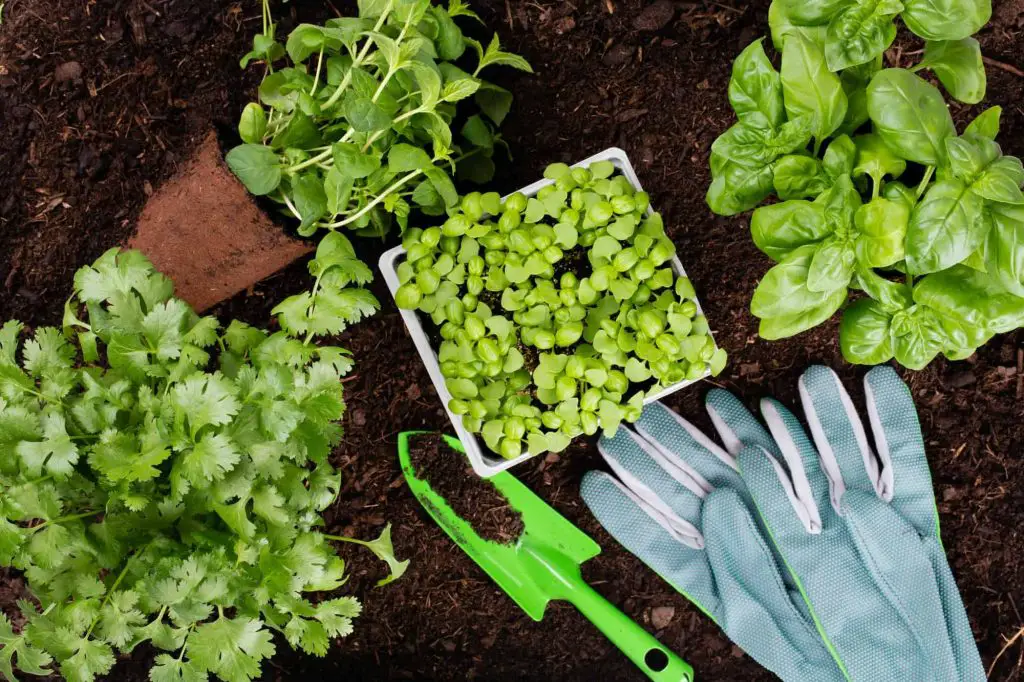
There are no systematic insecticides for getting rid of aphids but you can encourage natural predators like lady beetles. Snails, cutworms, and slugs are also attracted to lettuce but you can easily get rid of these with organic handpicking solutions or traps. Slugs are a bit tough to get rid of, so sprinkle wood ash over the soil and around the plant to discourage them
How long does it take for lettuce to grow from a seed?
Lettuce grows really fast and most varieties are discovered to reach maturity in 30 days. Lettuces can be harvested as soon as they reach the desired size although they are often harvested before flowering. Seedlings of lettuce will typically appear in 7 to 10 days. In about 3 to 4 weeks, indoor baby lettuce should also grow to be about 4 inches tall and can be harvested. However, if the soil is cold, the lettuce seed can take a while to germinate.
What is the life cycle of lettuce?
Lettuce is an annual or biennial plant with an easy and fast life cycle. The lettuce seedling takes up to 5 days to germinate. The germination process from seed to harvest of lettuce plant takes 66 to 120 days. Unless germination is stimulated. The period of bolting tends to last 30 days while flowering takes approximately 2 to 3 months. After the opening of the flower head, seed ripening starts in 11 to 13 days.
How long does it take for lettuce to grow indoors?
Growing indoor lettuce is just as easy as growing your lettuce outside. It takes indoor lettuce about three to four weeks to grow. Indoor lettuce should be ready to be harvested when it’s 4 inches tall, however, make sure you are cutting only what you need to to enable it to grow back again.
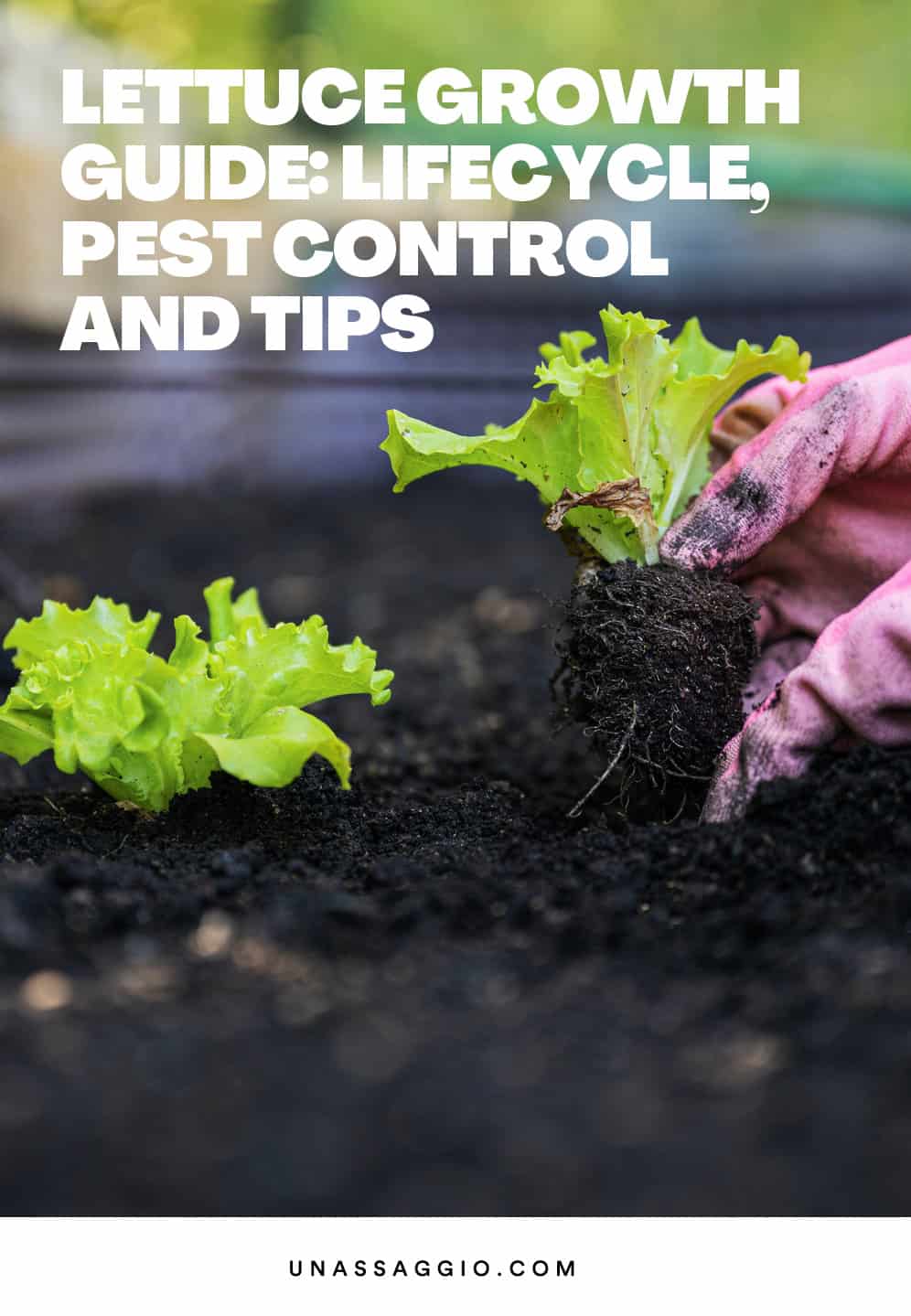
Final Thoughts
How you grow your lettuce is important but when it comes to harvesting it, you don’t have to worry about this. Lettuce can be harvested at any time after the true leaves form.
Lettuce happens to be one of the easiest vegetables to grow and harvest. Some varieties of lettuce can be harvested in 30 to 70 days however to get the best of them, have them harvested early.
It doesn’t take much effort to grow lettuce and for quality lettuce, plant them with beneficial companion plants like beets, carrots, cucumber, celery, dill, onions, garlic, and spinach.

